“Blown Lift” Designs Coming to Passenger Aircraft—and Drones
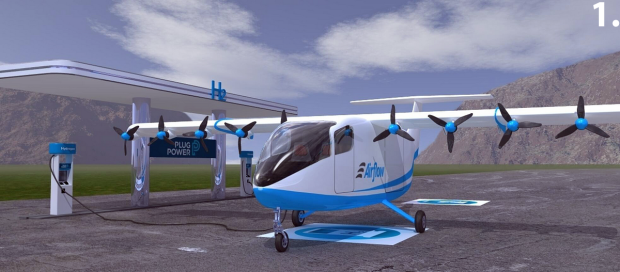

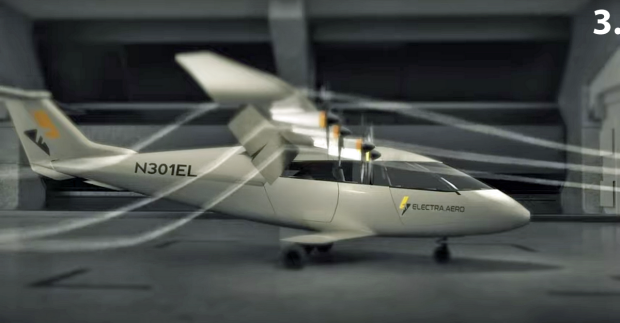
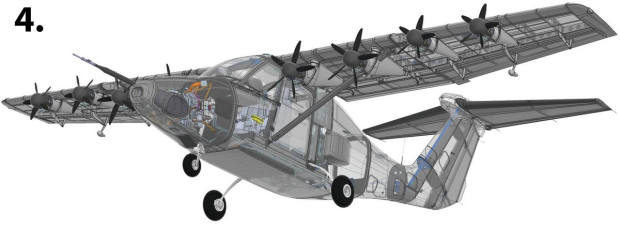
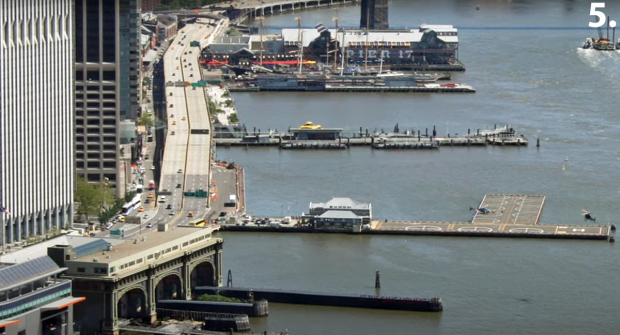
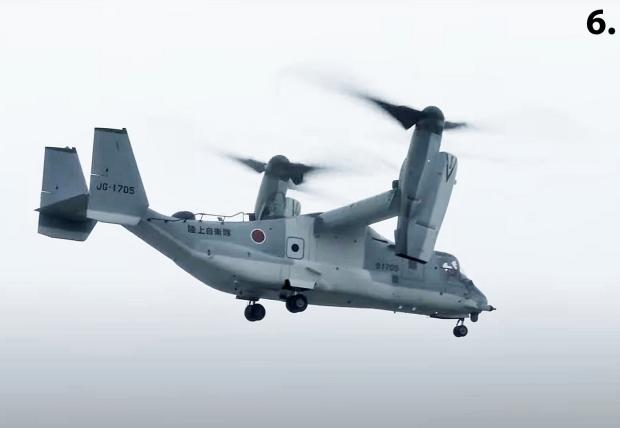
A new aerodynamic concept—“blown lift”—is in the news. We predict it will be seen in larger hybrid electric drones, not just in the blown lift (BL) passenger aircraft now in development. As detailed by Futureflight.aero, BL is used with Distributed Electric Propulsion on Demand (DEPOD). The configuration allows for multiple wing-embedded motors to add airflow directly over the aircraft's control surfaces at low airspeeds to augment takeoff thrust and improve roll control. In BL designs, the propulsors are closely coupled with the aerodynamic design of the wings, which feature an extensive flap system. This allows a smaller wing, and that, in turn, enables a faster cruise. Alternatively, in electric short takeoff and landing (eSTOL) designs, BL can be used on a far bigger wing to decrease wing loading and facilitate taking off and landing on very short runways. Airflow's eSTOL (Photo 1) is based on blown wing technology that increases lift at lower speeds by accelerating the flow of air over the wing.
The Electra eSTOL passenger aircraft (Photos 2 & 3) is a case in point. It has a small turbine engine and batteries that work in concert to power the aircraft in takeoff. As a failsafe, either the engine or motor, alone, is sufficient to power a takeoff. Electra notes this provides the operational flexibility of a helicopter (it can land on standard helipads such as the 300’ X 100’ Wall Street Heliport) with operating costs reportedly at or below current fixed wing alternatives. Moreover, traditional aircraft designs that launch vertically and transition to horizontal flight in the air, e.g., the Bell Boeing V-22 Osprey tiltrotor, raise technical, certification and operational risks that the Electra BL concept largely avoids. Electra says it has booked sales of around 1,000 aircraft. Photo 4 courtesy of Aviationweek.com. Watch a video on BL aircraft here.
